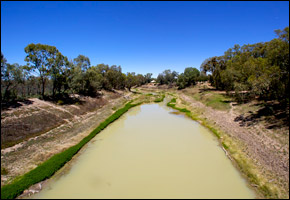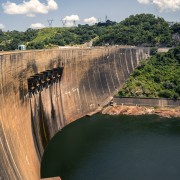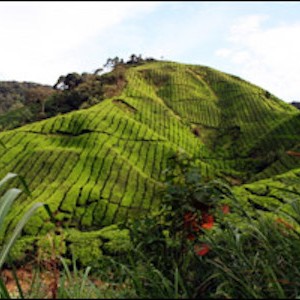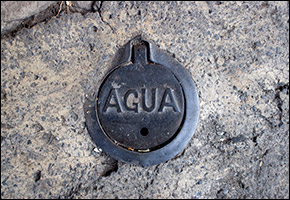Australians Watch Murray-Darling Water Levels Sink to Record Lows; Situation “Bleak,” Officials Say

May marks the season for rainmakers in Australia. As the month approaches, Aboriginal weather watchers look to blooming wattle trees, flitting native birds and flocking cockatoos for signs of rain. But this year, autumn arrives with a dire forecast.
Prospects for the season look “bleak,” as inflows to the Murray River “hit record lows” in the first quarter of the year, according to the latest drought update published this week by the Murray-Darling Basin Authority, the agency that monitors the basin.
“The outlook for the 2009-10 water year is not good, with record low inflows for the past three months, low storage levels and a rainfall outlook that indicates drier than average conditions for the next three months over the southern Murray-Darling Basin,” the agency reports in its April update.
Murray inflows are at their lowest in 117 years, measuring a mere 140 gigaliters. The volume is already “slightly lower than the previous historic minimum of 150 GL in January-March 2007,” MDBA chief executive Rob Freeman said in a press release.
Over 14 percent of Australian land masses drain into the Murray-Darling Basin. Its two major rivers flow across four states – Queensland, New South Wales, Victoria and South Australia, all depending on the basin for water. Melbourne, the state capital of Victoria, consumes about one billion liters of water a day.
Last week, Melbourne Water – the company that manages Melbourne’s water supply – reported a dramatic drop of 8 billion liters in dam storages in the course of one week. Storages in the drought-ravaged region are now 29 percent (about 514 billion liters) full, compared with 33 percent (or 588 billion liters) in the same period last year.
According to Freeman, although all states have set aside enough water to meet critical human needs, irrigation entirely depends on future rainfall.
“[The report] is the worst it has ever been, really,” Australian Broadcasting Company radio presenter Bronwen Wade told Circle of Blue. “For our irrigators in this community that means that they are likely to have nothing as a starting point from July, unless it rains. And the forecast for rain is not promising, so there is a real urgency now.” Wade is based in the Riverland, a region near the Murray in South Australia.
Water scarcity is not the only bad news for towns and villages along the Murray. Freeman also said that the combination of high temperatures and low water flows contributed to an outbreak of blue-green algae in the Murray in recent weeks. The algal bloom, which stretches for over 800 kilometers along the river, is potentially toxic and might spread farther, The Age reported.
The ailing basin, which is home to a diversity of native flora and fauna, serves as Australia’s biggest food bowl. Despite heavy rains along the New South Wales and southern Queensland’s coasts last week, the recent wet weather did not quench the land’s thirst. Inflows to the Murray system continue, but only at a trickle. In the last three months, rainfall has been significantly below average in much of the southern basin.
“We are running out of water unless it rains,” Wade said. “The big question that people are asking in our community is what if it doesn’t.”
Read more here, here and here.
Sources: Murray-Darling Basin Authority, Melbourne Water, The Age
, a Bulgaria native, is a Chicago-based reporter for Circle of Blue. She co-writes The Stream, a daily digest of international water news trends.
Interests: Europe, China, Environmental Policy, International Security.








Leave a Reply
Want to join the discussion?Feel free to contribute!